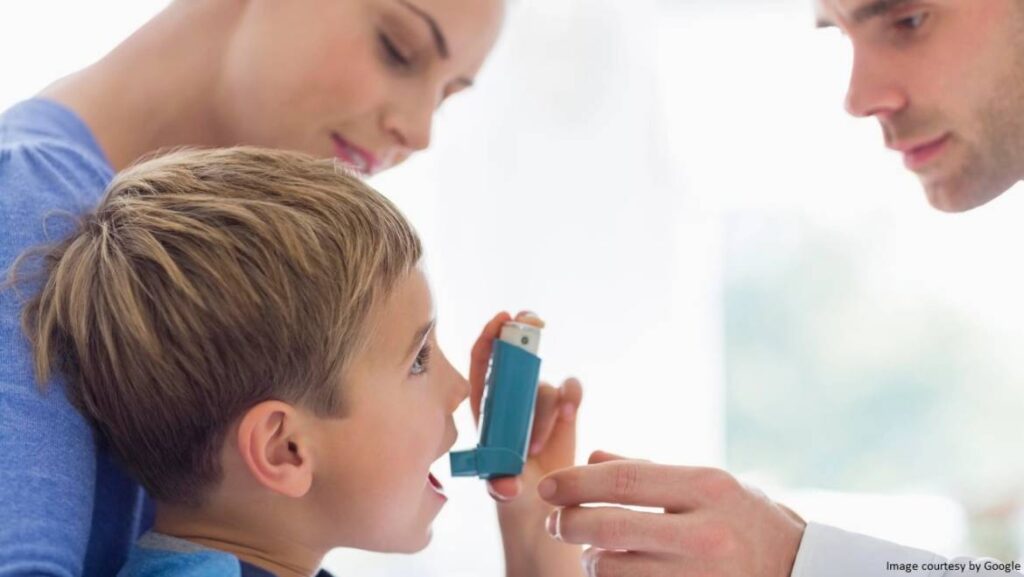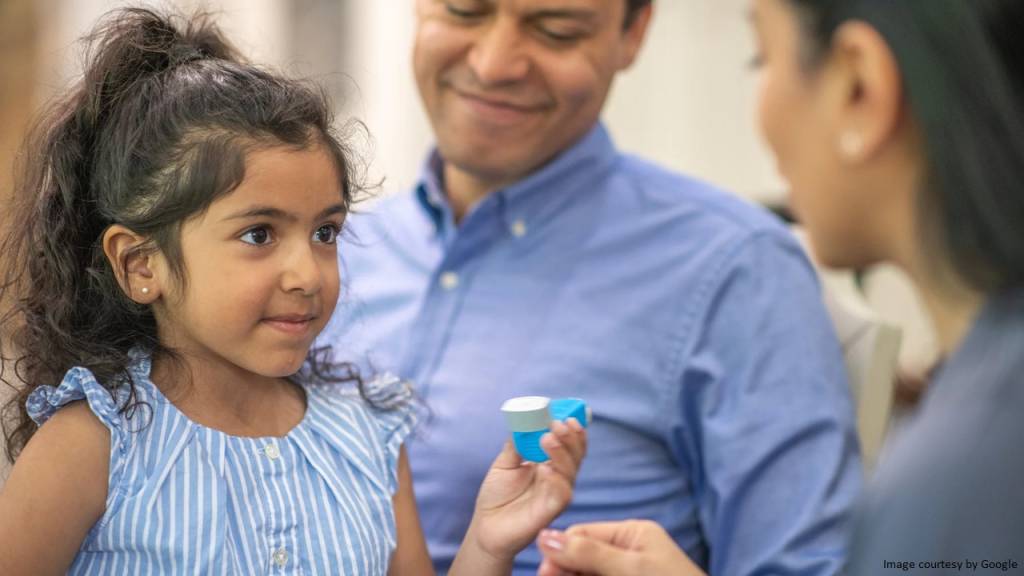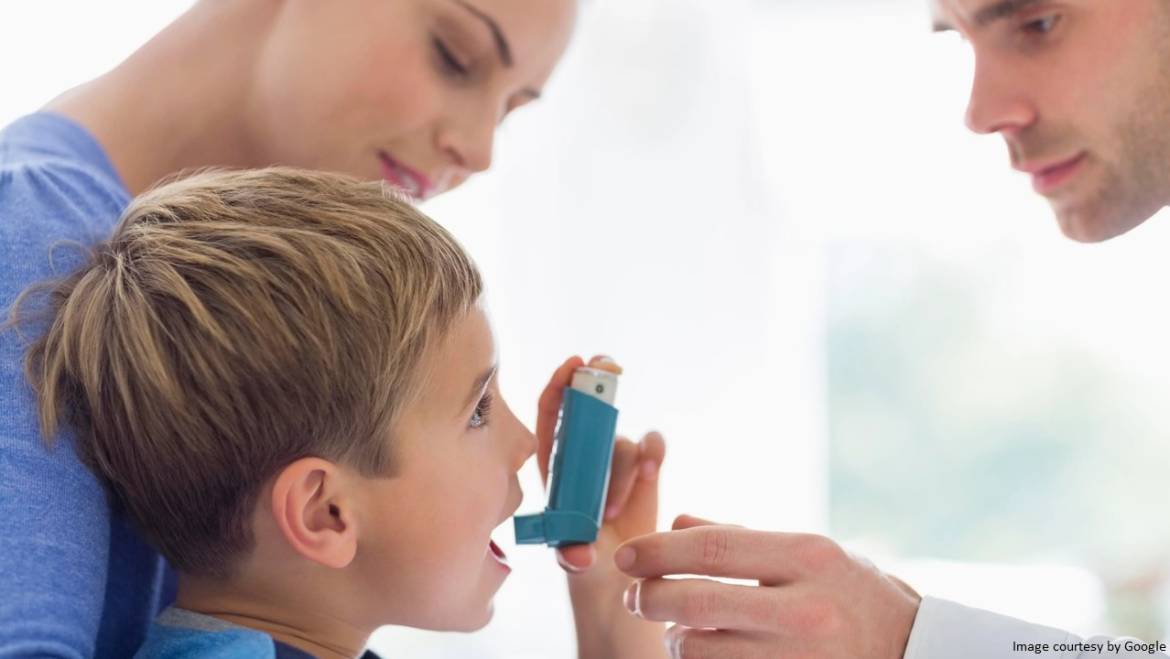
In order to help their children manage the symptoms and signs of asthma, parents are crucial. This blog contains valuable advice that every parent ought to read.
When a kid is diagnosed with asthma, it may be a difficult time for parents. They may worry about their child’s ability to lead a normal life and about how they will react if their child has an asthma attack. Being as informed as you can about the condition and how to manage it is essential to cope.
Asthma sufferers frequently have delicate airways. Their airways narrow and become difficult for them to breathe when they are exposed to certain triggers such dust mites, animal fur, exercise, colds and flu, and cigarette smoke.
Wheezing is the most generally reported asthma symptom, but there are other symptoms as well, such as chest tightness, breathing difficulties, and a cough that usually gets worse at night or after activity. You should consult a doctor if your child frequently coughs at night or if they have a cold.
Children with asthma can lead normal lives if their asthma is under control, which is achieved through therapy and medication.
Asthma Causes
Asthma causes aren’t fully understood. Some factors thought to be involved include the following:
- A tendency to develop an asthma allergy that runs in the family
- Parents with asthma
- Certain airway infections in the lungs occur at a very young age.
- Exposure to certain environmental factors, including smoke or other air pollution.
Patients with immune system sensitivity experience mucus production and lung airway edema when exposed to specific triggers. It is more difficult to pinpoint a trigger when there is a reaction to it. Typically, triggers differ from child to child and can include:
- Viral infections, including the common cold
- Physical activity
- Allergies to pet dander, dust mites, pollen, or mold
- Exposure to air pollutants, such as tobacco smoke
- Weather changes or cold air
- Physical activity
Breathlessness, pressure in the chest, and a whistling or wheezing sound are common symptoms of asthma. Since the origin of an asthma attack typically determines the course of treatment, the two are frequently linked.
Taking control of childhood asthma
With medication and by avoiding the things that cause attacks, asthma can be adequately controlled. Medicinal treatment consists of both relief medications, which help the child breathe easier when they have symptoms, and regular preventive medication, which makes airways less sensitive.
The physician who treats your kid will provide you a written action plan for taking care of their asthma at home. This ought to cover what asthma medication is necessary to manage symptoms, how to spot exacerbating symptoms, and what to do in the event of an attack. Consult your healthcare provider about managing your child’s asthma if it is brought on by exercise.
Verify if the child’s school is conducive to asthma. Many schools are equipped to handle students who have asthma.
Cigarette smoke can affect asthma
Parents who smoke ought to stay away from infants and kids when smoking. Cigarette smoking not only increases the chance of getting asthma in certain children, but it can also exacerbate existing attacks.
Aware of the symptoms
Your youngster may have breathing problems and wheezing due to asthma. Reactive airway illness and acute bronchospasm are other names for asthma. It’s possible that some medical professionals won’t want to identify an asthmatic child.
Know your child’s triggers and how to avoid them.
Your child’s asthma symptoms could get worse due to triggers. Each kid who suffers from asthma usually has a unique set of triggers. Colds and flu, pet dander, cigarette smoke, high ozone levels, exercise, pollen, mold, or dust mites are a few typical triggers.
To help your child with asthma, avoid asthma, have him:
- Stay inside when the pollen count is high
- Stay away from smoke and clothes that smell like smoke
- Sneeze into his short sleeves
- Rinse his hands throughout the day.
Make sure the child is carrying an inhaler.
Your child’s doctor may advise using a rescue inhaler, such albuterol, to relieve your child’s asthma. Your child’s inhaler contains medication that facilitates easy breathing. When your child experiences an asthma attack or flare-up, he will require his rescue inhaler.
Make sure your child has his inhaler with him at all times—at home, at school, and when he goes elsewhere.
- He needs the rescue inhaler for asthma attacks.
- Have your kid use a spacer with the inhaler so the medication gets into his lungs, not his mouth.
- The sooner the rescue drug is used, the better it will work.
- Keep refilling his medicine on time so he always has medicine in case of an asthma attack.

Asthma is a serious respiratory condition that requires medical attention.
Parental asthma management is insufficient. Your youngster needs the appropriate attention if he has respiratory problems. Managing asthma requires professional guidance. A medical professional can keep an eye on your child’s symptoms and modify the course of treatment.
Symptoms your child requires a new asthma treatment plan:
- He uses a rescue inhaler more than twice daily in one month.
- He requires oral steroids.
- He requires urgent medical attention more than three times a year.
Know when to take your kid to the emergency department.
The health care professionals are trained to treat children having serious asthma attacks. Your child requires immediate medical help when in case:
- His rescue asthma medicine is not effective enough to relieve his breathing.
- He requires his rescue medicine more than every four hours for asthma control.
The bottom line!
In addition to taking medication, avoiding things that can cause an asthma attack can help manage asthma. Daily preventive medication to lessen airway sensitivity and relief medication to help your kid breathe more freely while they are experiencing symptoms are both part of an asthma treatment strategy.
See Also: Children’s Asthma: Diagnosis, Signs, and Treatment



